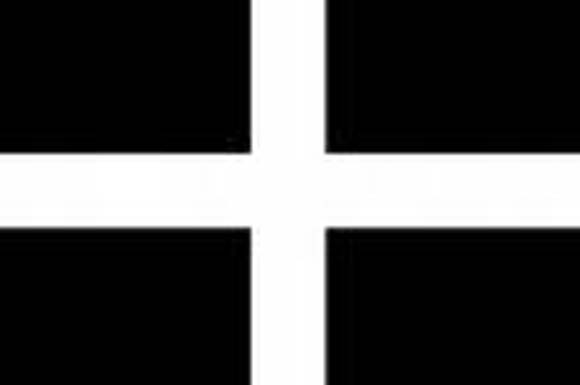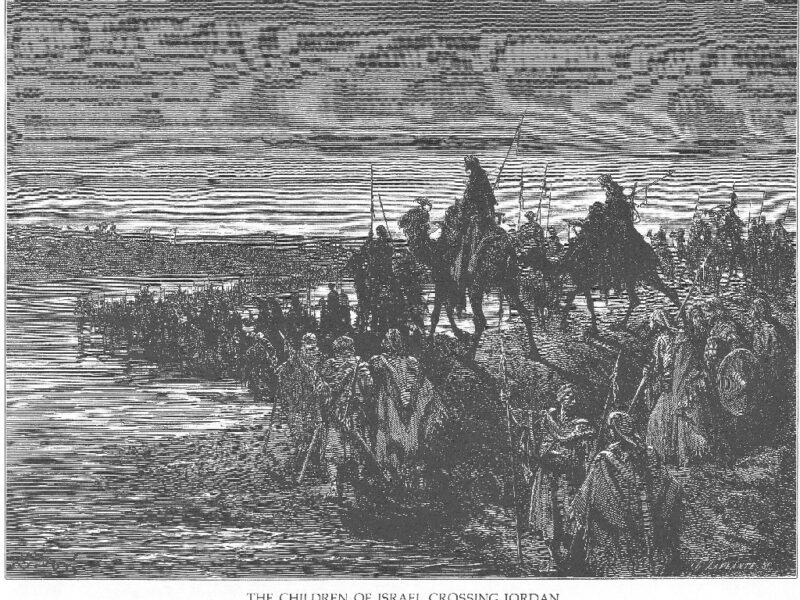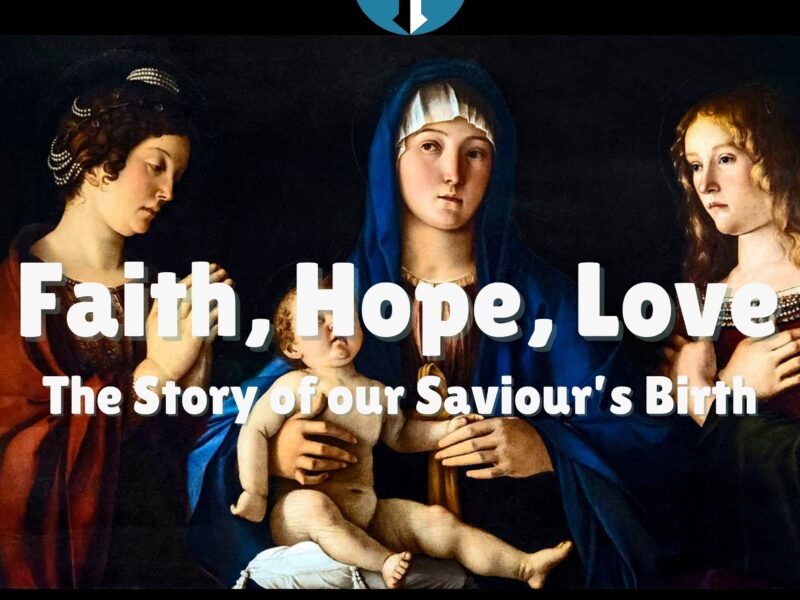
Saints This Month – 5 March St Piran of Cornwall
984
 Saint Piran is the patron saint of Cornwall. Until the English reformation Cornwall was a distinct nation under the Crown of England with its own language, customs and traditions. Since the beginning of the 20th century Cornwall has begun to rediscover its Celtic heritage. One of the major focus points has be the devotion to Saint Piran and his symbols, most obviously his flag which is said to have been flown at Agincourt and the Crusades. Very little is known about his life apart from the fact that he was an Irish abbot who came to spread the gospel to the pagan Cornish and his mission was blessed with great success. His remains lie at Exeter Cathedral. His flag should be of interest, especially to Dominicans, as it is black and white. Whilst it is similar to the Flag of St. David and the Kroaz Du of Brittany it is said to represent the truth of Christianity against the darkness and falsehood of paganism. An alternative origin suggests that St. Piran adopted these colours when he saw molten tin spilling out of the black ore in his fire. This occurred during his supposed discovery of tin in the sixth century and so he became the patron saint of tin miners. We should pray for the Duchy of Cornwall and remember that it has a firm and solid Christian foundation or rydhsys rag Kernow lemmyn as the Cornish say.
Saint Piran is the patron saint of Cornwall. Until the English reformation Cornwall was a distinct nation under the Crown of England with its own language, customs and traditions. Since the beginning of the 20th century Cornwall has begun to rediscover its Celtic heritage. One of the major focus points has be the devotion to Saint Piran and his symbols, most obviously his flag which is said to have been flown at Agincourt and the Crusades. Very little is known about his life apart from the fact that he was an Irish abbot who came to spread the gospel to the pagan Cornish and his mission was blessed with great success. His remains lie at Exeter Cathedral. His flag should be of interest, especially to Dominicans, as it is black and white. Whilst it is similar to the Flag of St. David and the Kroaz Du of Brittany it is said to represent the truth of Christianity against the darkness and falsehood of paganism. An alternative origin suggests that St. Piran adopted these colours when he saw molten tin spilling out of the black ore in his fire. This occurred during his supposed discovery of tin in the sixth century and so he became the patron saint of tin miners. We should pray for the Duchy of Cornwall and remember that it has a firm and solid Christian foundation or rydhsys rag Kernow lemmyn as the Cornish say.
Sorry, the comment form is closed at this time.



A Website Visitor
Interestingly enough, I am writing a novel about a fictional community in the old mining region of southwest Wisconsin, settled in part by Cornish miners. In the novel there is a tiny group of Dominican Sisters (essentially a “pious union” sort of thing) who were founded (too grand a word) by an Italian Dominican friar sent to the area in the 1840s and who dedicated his parish/chapel to St. Piran, hoping to lure some of the Cornish Methodists to his faith. His ploy to attract Cornish converts is not particularly successful, but because of the parish where they work, the sisters become know as Dominican Sisters of St. Piran. The Dominican connection is not a significant theme, but I was delighted to find this post — lo, these many years after it was written! — that provided another slender thread of a connection between the saint and the Order.